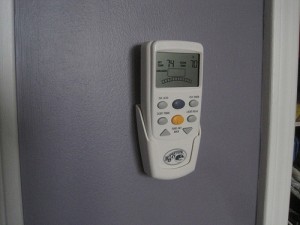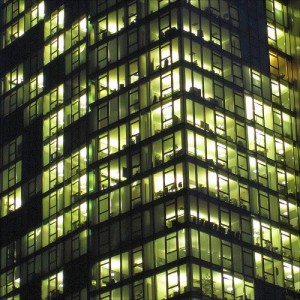If you had an unlimited budget, and could build your office building from scratch, no doubt you'd have the most sophisticated, flexible, inexpensive systems possible. Heating and cooling would work flawlessly, and every piece of equipment that used energy would operate efficiently, automatically cycling off when not in use and starting back up again as soon as it was needed.
The reality, of course, is rather different. Most of us don't have the cash or the ability to create the office of our dreams from the ground up. The good news is that you can retrofit existing systems to save money, increase efficiency, and support a more sustainable office. You just have to know where to start.
That's where the experts come in. CSE magazine interviewed three experts on sustainable office design to get their take on creating the perfect office space, no matter what you're starting with. Michael F. Cooper, Kurt Karnatz, and Kent W. Peterson are all LEED APs and managing principals at their respective firms. Here's what they advise.
1. Consider the Total Cost of Ownership

"First cost is the primary factor lately, but in our budgeting conversations with owners we try hard to keep total cost of ownership at the forefront too," says Karnatz. For companies, this means considering whether open software licenses and standards-based open protocols might provide more flexibility and cost savings down the line, as opposed to more restrictive options. He also advises clients to opt for more sensors right off the bat, so that they can monitor their systems more efficiently.
2. Use What You Have

The experts agree that most companies don't necessarily have the budget to tear out all their existing systems and start over. Instead, they recommend solutions that allow offices to integrate the legacy systems with new, more efficient ones. Cooper also advises evaluating whether adding wireless controls can help make the existing equipment more usable.
3. Decide How Much Control You Need -- and How to Want to Exercise It

It's now possible to tweak your office's energy consumption on a room-to-room basis via a tablet, smartphone, or computer, but not everyone is interested in that level of control.
"We haven't seen any demand for PC-based personal control in commercial (for lease) offices. The management required to deal with tenant moves and changes is daunting to a base building. In owner-occupied spaces, we have seen some interest, but there is still fear about change management — who will be responsible, the facilities team, or the IT team?" says Karnatz.
Most clients seem to be happy with zone-based control -- e.g., the ability to turn off the heat or the lights in sections of the office, as opposed to individual rooms.
After all, anything's better than trusting the last lonely worker to remember to turn down the heat.





